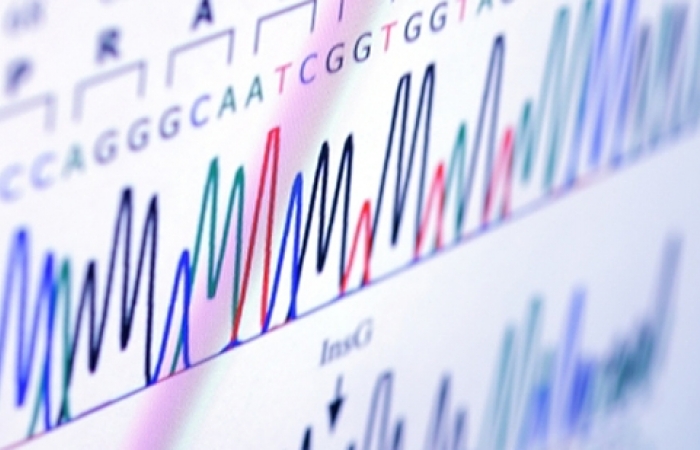
Causative Gene Mutations ID'd for Two Muscle Diseases

Different mutations in a gene called ANO5 cause type 2L LGMD (LGMD2L) and type 3 Miyoshi myopathy.
An MDA-supported, multinational team of researchers from Canada and Europe has identified specific mutations in the anoctamin 5 (ANO5) gene on chromosome 11 that can cause type 2L limb-girdle muscular dystrophy (LGMD2L) and type 3 Miyoshi myopathy.
The results are intriguing, as they describe one of a limited number of cases in which mutations in the same gene can cause more than one muscle disorder. Mutations in the ANO5 gene can cause limb-girdle muscular dystrophy (LGMD), which is characterized as proximal, affecting muscles near to the center of the body (the "limb girdles"); or Miyoshi myopathy, which is characterized as a distal muscle disease, affecting muscles far from the center of the body.
The findings could help scientists' understanding of the biology of both types of muscle disease.
MDA supported Bernard Brais at the University of Montreal for this work.
About the new findings
The new findings, published online Jan. 21, 2010, in the American Journal of Human Genetics, identify two ANO5 mutations that cause LGMD2L, two that cause type 3 Miyoshi myopathy, and one that can cause either disease.
The study team concluded that it's likely the ANO5 protein, made from the ANO5 gene, functions as a so-called calcium-activated chloride channel. The newly identified mutations may result in malfunctions in this channel, leading to a disruption of the repair process in muscle-fiber membranes.
Although it comes as something of a surprise that defects to the same gene may be responsible for both proximal and distal myopathies, Brais noted, the same type of "clinical conundrum" also was found with mutations in a gene called dysferlin.
In the same way that defects in ANO5 result in LGMD2L and type 3 Miyoshi myopathy, defects in the dysferlin gene, also involved in cell repair, lead to both type 1 Miyoshi myopathy and type 2B LGMD.
Meaning for patients
The findings may have near-term implications for diagnosistic confirmation in LGMD2L and Miyoshi myopathy.
Although there is no immediate potential for treatment from the new findings, further characterization of ANO5 may result in a broader base of knowledge that could prove helpful in the study of LGMD, Miyoshi myopathy and possibly other muscle diseases.
"Clearly the study of ANO5 deficiency will lead to a better understanding of how muscle responds to injury," Brais said.
MDA Resource Center: We’re Here For You
Our trained specialists are here to provide one-on-one support for every part of your journey. Send a message below or call us at 1-833-ASK-MDA1 (1-833-275-6321). If you live outside the U.S., we may be able to connect you to muscular dystrophy groups in your area, but MDA programs are only available in the U.S.
Request Information